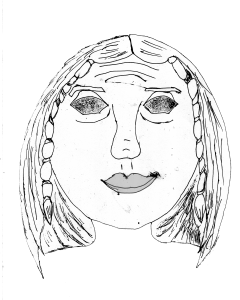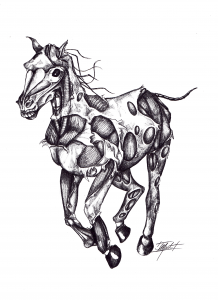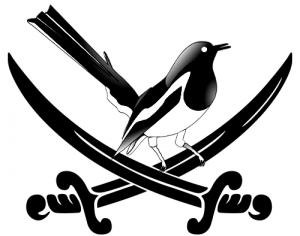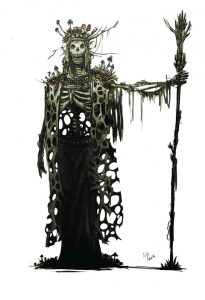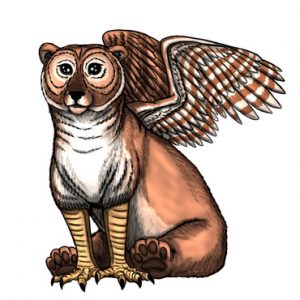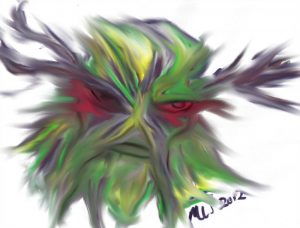Today’s blog is inspired by the fact my mother’s been visiting me this weekend – which is also the reason why it’s late.
When roleplaying, and in genre fiction in general, there’s a strong tendency to ignore the question of character’s parentage – it’s something of a stereotype that every main character is an orphan, and not without cause; it provides an easy source of pathos and gives the character an easier time abandoning their mundane life.
But as seen in Superhero comics being an orphan doesn’t really preclude a character having parents – Spiderman has Uncle Ben and Aunt May, Superman has the Kents and Batman has Alfred.
The parental role is a lot more than just blood – I have one grandparent  left among the living and she’s completely unrelated to me by blood, but she raised my mother and has always been there for me.
left among the living and she’s completely unrelated to me by blood, but she raised my mother and has always been there for me.
I made card in honour of my nanna, Jane Baker – I originally wanted to include references to both her maiden name (Smith) and her current surname (Broadbent) but unfortunately they didn’t fit in the format. Still, the card made her smile so I consider that a job well done!
Often people assume that parentage only matters if it’s innately significant to the plot – in my main weekly campaign we have one character with such a parentage, The Minotaur, child of The Elf Queen.
But while there’s no inherent plot significance to them two other player characters have had interactions with their parents – a noble high elf was encouraged to defend his parents estate on the back of a great beast (a Koru Behemoth for those familiar with 13th age – a walking mountain for those who aren’t) while our wood elf ranger often spends time with his parents between adventures, two high elves and two gnolls.
In prose fiction there’s a principle of conservation of detail – don’t mention anything unless it matters – but said principle is flexible in terms of what “matters” means, and parents have a large influence on a character’s motivations. In RPGs that principle shouldn’t be applied on such a large scope anyway – never assume that just because parent’s are mentioned they need to be directly threatened with disaster – that kind of “attack-the-backstory” attitude results in shallower characters with less connections outside the party.
What do your characters parent’s do? How did they influence your characters?


